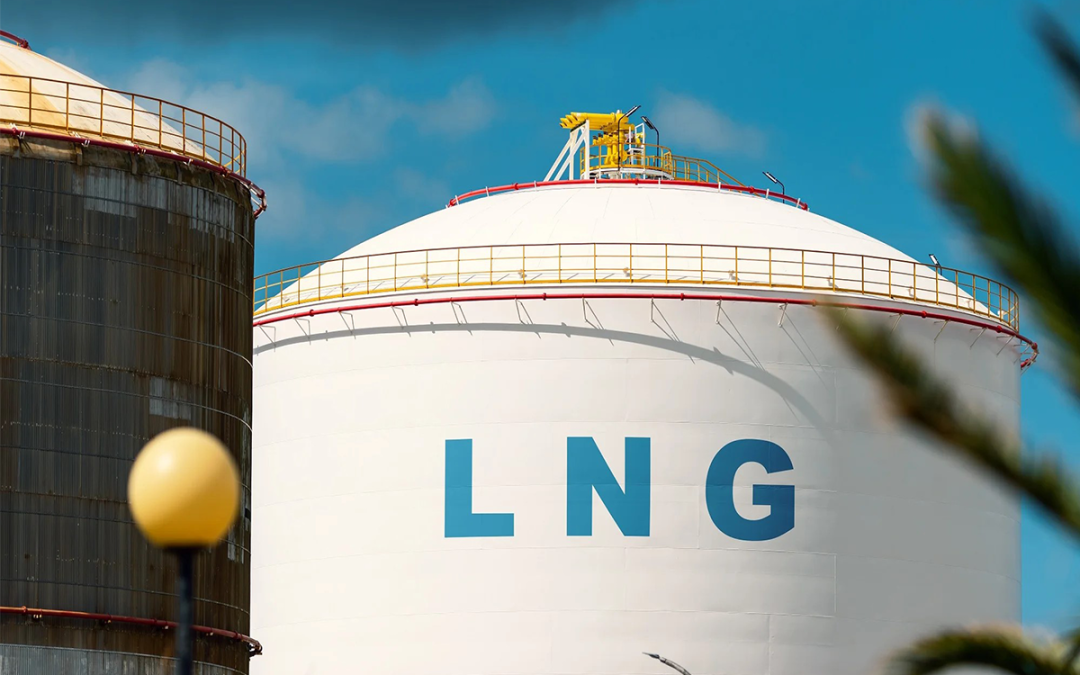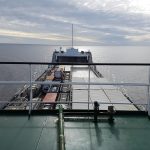Oil and gas majors and some shipping companies present liquefied fossil natural gas (LNG) as a cleaner alternative to traditional marine fuels and a transitional fuel in shipping’s decarbonisation journey. While LNG combustion emits fewer local air pollutants and less CO₂ than conventional marine fuels, unburned methane that slips from LNG engines, especially the most polluting ones,1 commonly used in passenger and cruise ships, undermines its potential climate benefits. Whereas the uncombusted methane issue is increasingly recognised as problematic by policymakers, the upstream greenhouse gas emissions that occur during the extraction, processing, liquefaction, and transport phases of LNG remain largely off the scrutiny radar. Known as well-to-tank emissions, they vary considerably depending on the LNG production location, influencing the overall climate impact of LNG-fueled ships. To better quantify the effects of these upstream emissions, T&E commissioned Energy and Environmental Research Associates to conduct comprehensive research into the carbon-intensity and greenhouse gas emissions from the LNG supply chain for Europe’s largest import sources.
Overall, LNG production is concentrated in a small number of countries.2 Due to the energy policy changes incited by the war in Ukraine, the EU increasingly relies on LNG imports to meet its natural gas demand. The US, Qatar, Russia, Algeria, Nigeria, Norway, Trinidad & Tobago and the UK together comprise 90% of EU’s LNG imports, each with varying upstream emissions profiles.
The average upstream emissions of EU LNG imports, calculated based on the relative share supplied by each source, stand at 24.4 gCO₂e/MJ. EU green shipping law, FuelEU Maritime Regulation, however, underestimates this value, assuming only 18.5 gCO₂e/MJ. This discrepancy leads to 30% unaccounted upstream CO₂e emissions from LNG, equivalent to 223 container ship voyages between the US and the Netherlands.
Reaching beyond Europe, the International Maritime Organization (IMO) is currently developing default emission factors for shipping fuels. Country-specific and up-to-date emissions reporting is critical to avoid setting misleading standards that obscure LNG’s true climate impact. Notably, despite growing evidence and opposition from scientific and civil society groups, LNG is increasingly viewed as the preferred “alternative” fuel for new ship orders. Almost 1,200 LNG-powered vessels are sailing globally, and close to 1,000 are in the order books. If this trend continues, by 2030, over 10% of the energy used by the global maritime fleet could come from fossil gas.
To ensure that LNG emissions across the full value chain are properly accounted for at the EU and IMO, we propose the following policy actions:
1.Revise EU emission standards to accurately reflect upstream methane emissions. The new EU Methane Regulation requires detailed reporting of fossil gas’ carbon footprint. Based on this new data, the well-to-tank methane emission factor in the FuelEU Maritime Regulation should be adjusted to properly reflect upstream methane emissions.
2.Establish realistic upstream LNG emissions values at the IMO, based on reliable and recent scientific data, as the organization is currently developing default emission factors for shipping fuels.
3.Standardise fuels’ emissions reporting at the IMO, with mandatory regular and granular reporting for each stage of the fuels’ value chain.
4.Ensure that the IMO Global Fuel Standard (GFS) accounts for shipping emissions on a well-to-wake basis, to achieve shipping decarbonisation targets in line with the IMO
greenhouse gas reduction strategy.
Source: Transport & Environment





